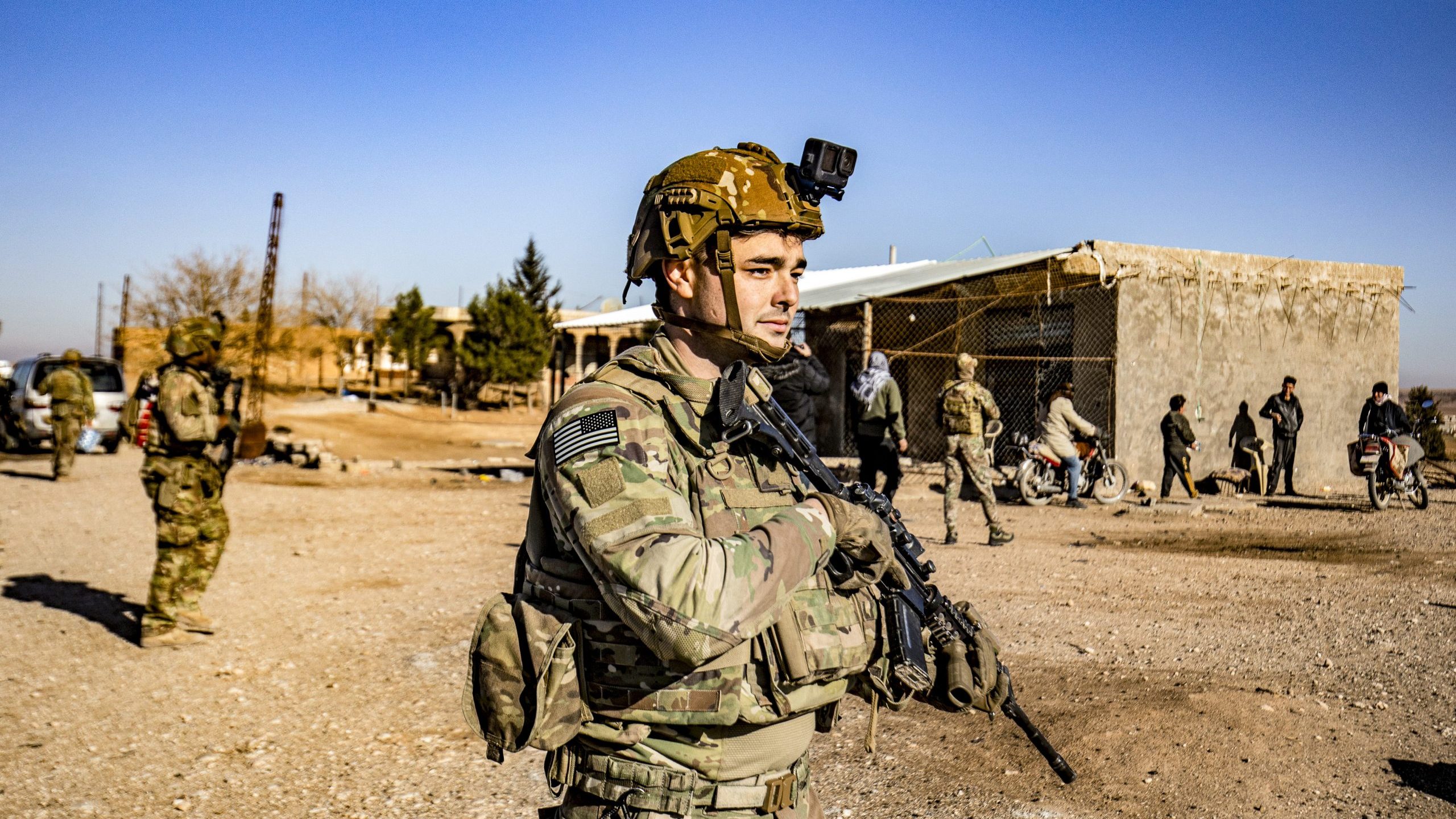A spokesman for the Syrian Tribes and Clans Council, Sheikh Mudar Hammad al-Assaad, revealed the distribution of U.S. bases in northeastern Syria and the recent expansion of the al-Shaddadi base.
According to Assaad, 28 U.S. outposts are currently deployed in Syria.
These bases include more than 2,000 U.S. troops, under the pretext of supporting the so-called Syrian Democratic Forces (SDF), and preventing the re-emergence of ISIS.
The Pentagon has announced that there are 503 U.S. soldiers serving inside Syrian territory, with the exception of alternate forces. Some estimates say that there are more than 2,000 U.S. soldiers distributed around bases deployed in Hassakeh governorate, Deir-ez-Zor, and Damascus countryside (al-Tanf base).
Read Also: Syria: Time to Shed Light on Crimes of “International Coalition” in Raqqa
U.S. military bases in eastern Syria are deployed in the area east of the Euphrates River from southeastern Syria near the Tanf border crossing, to the northeast near the Rmelan oil fields, and are distributed in Hassakeh and Deir-ez-Zor. The distribution of U.S. bases made them resemble the cordon that surrounds the sources of Syrian oil and gas located east of the Euphrates River, which represents the majority of the underground wealth of Syria.
The Shaddadi base (55 km south of Hassakeh) is the largest U.S. military base in Syria and U.S. forces have captured more territory with the help of SDF militias, backed by U.S. forces to help expand the militia.
According to Assaad, U.S. forces have captured more land owned by the family of Sheikh Hammad Ali al-Assaad, an elder of the Jabour tribe south of Hassakeh, located south of the city of Shadadi, to expand its military base. He pointed out that the area of the base was formerly about 1000 acres, it is expected to capture the entire land without buildings during the recent expansion and its area is around 2000 acres.
This article was translated and edited by The Syrian Observer. The Syrian Observer has not verified the content of this story. Responsibility for the information and views set out in this article lies entirely with the author.


